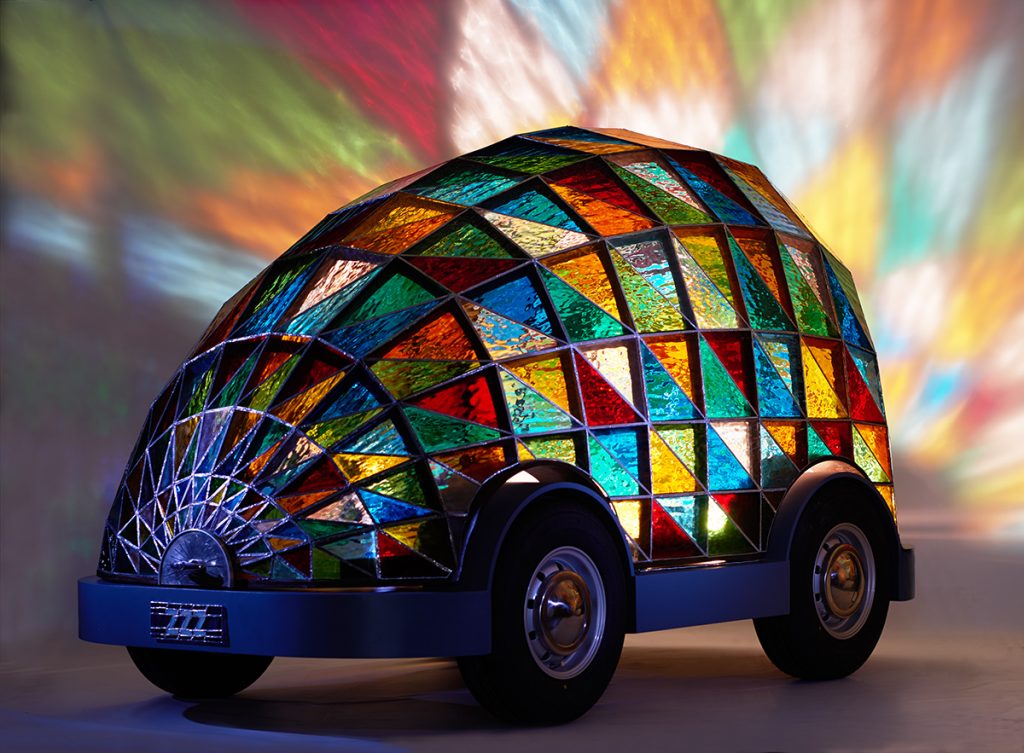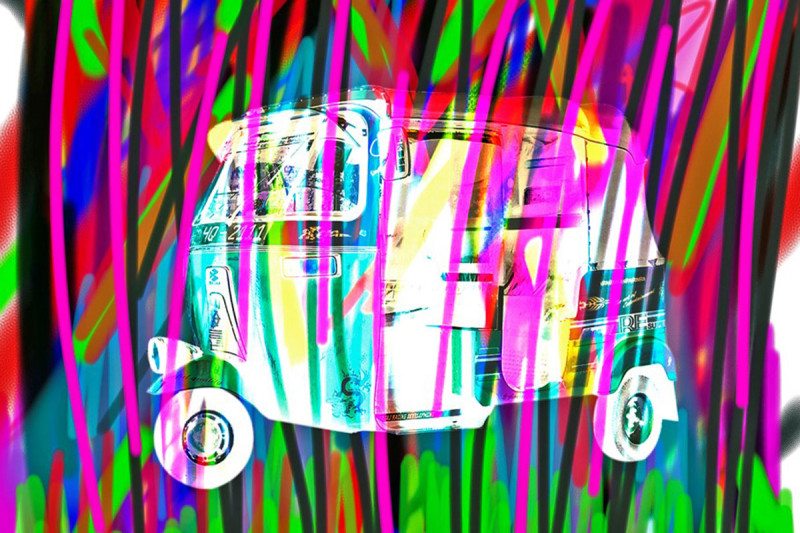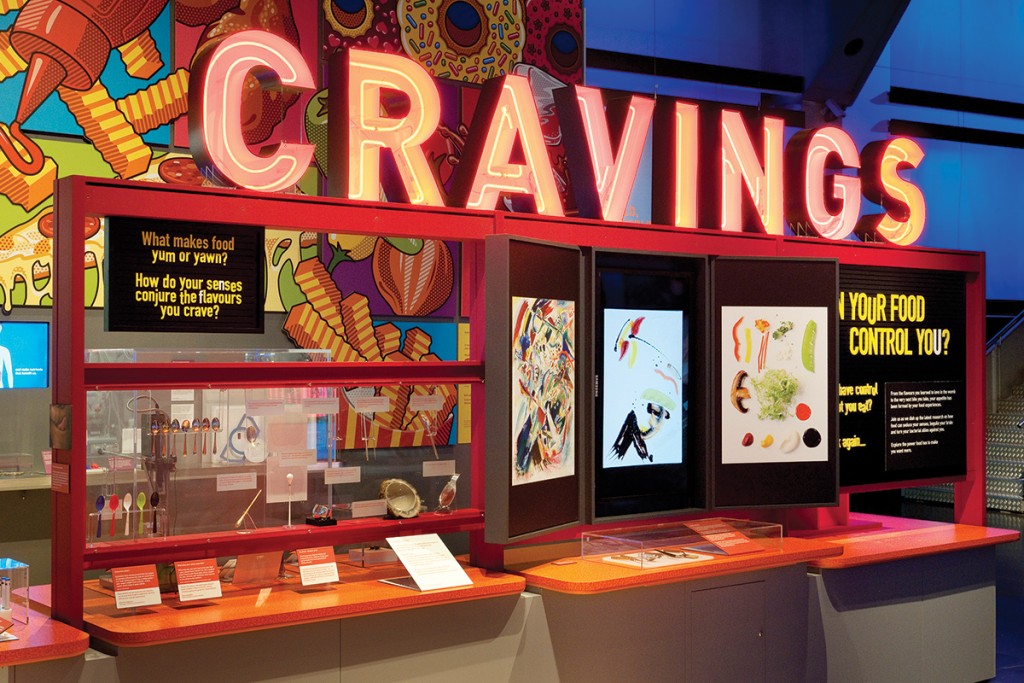Visiting Amazonia at London’s Science Museum for the Telegraph, 13 October 2021
The much-garlanded Brazilian photographer Sebastião Salgado is at London’s Science Museum to launch a seven-plus-years-in-the-making exhibition of photographs from Amazônia — and, not coincidentally, there’s barely a fortnight to go before the 26th United Nations Climate Change Conference convenes in Glasgow.
Salgado speaks to the urgency of the moment. We must save the Amazon rainforest for many reasons, but chiefly because the world’s rainfall patterns depend on it. We should stop buying Amazonian wood; we should stop buying beef fed on Amazonian soya; we should stop investing in companies who have interests in Amazonian mining.
There are only so many ways to say these things, and only so many times a poor mortal can hear them. On the face of it, Salgado’s enormous exhibition, set to an immersive soundscape by Seventies new-age pioneer Jean-Michel Jarre, sounds more impressive than impactful. Selgado is everyone’s idea of an engaged artist — his photographs of workers at the Serra Pelada gold mine in Brazil are world-famous — but is it even in us, now, to feel more concerned about the rainforest?
Turns out that it is. Jarre’s music plays a significant part in this show, curated and designed by Sebastiao’s wife Lelia Wanick Salgado. Assembled from audio archives in Geneva, it manages to be both politely ambient and often quite frightening in its dizzying assemblage of elemental roars (touches of Jóhann Jóhannsson, there), bird calls, forest sounds and human voices. And Selgado’s epic visions of the Amazon more than earn such Stürm und Drang.
This is not an exhibition about the 17.2 per cent of the rainforest that is already lost us. It’s not about logging companies or soy farms, gold mines or cattle ranches. It’s about what’s left. Ecologically the region’s losses are catastrophic; but there’s still plenty to save and, for a photographer, plenty to see.
Here, rendered in Selgado’s exquisitely detailed, thumpingly immediate monochrome, is Anavilhanas, the world’s largest freshwater archipelago, a wetland so complex and mutable, no-one has ever been able to settle there. There are mountains, “inselbergs”, rising out of the forest like volcanic islands in some fantastical South China Sea. There are bravura performances of the developer’s art: rivers turned to tin-foil, and leaves turned to photographic grain, and rainstorms turned to atom-bomb explosions, and clouds caught at angles that reveal what they truly are: airborn rivers. As they spill over the edge of Brazil, they dump more moisture into the Atlantic than the mighty Amazon itself.
Dotted about the exhibition space are oval “forest shelters”: dwellings for intimate portraits of twelve different forest peoples. Selgado acknowledges this anthropological effort merely scratches the surface: Amazonia’s 192 distinct groups constitute the most culturally and linguistically diverse region on the planet. Capturing and communicating that diversity conveys the scale of the region even better than those cloud shots.
The Ashaninka used to trade with the Incas. When the Spanish came, their supreme god Pawa turned all the wise men into animals to keep the region’s secrets. The highland Korubo (handy with a war club) became known as mud people, lathering themselves with the stuff against mosquitoes whenever they came down off their hill. The Zo’é place nuts in the mouths of the wild pigs they have killed so the meal can join in with its own feast. The Suruwahá quite happily consume the deadly spear-tip toxin timbó, figuring its better to die young and healthy (and many do).
The more we explore, the more we find it’s the profound and sometimes disturbing differences between these peoples that matter; not their surface exoticism. In the end, faced with such extraordinary diversity, we can only look in the mirror and admit our own oddness, and with it our kinship. We, too — this is the show’s deepest lesson — are, in every possible regard, like the playful, charming, touching, sometimes terrifying subjects of Selgado’s portraits, quite impossibly strange.






